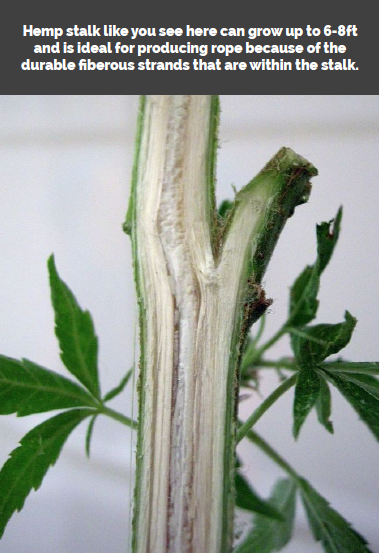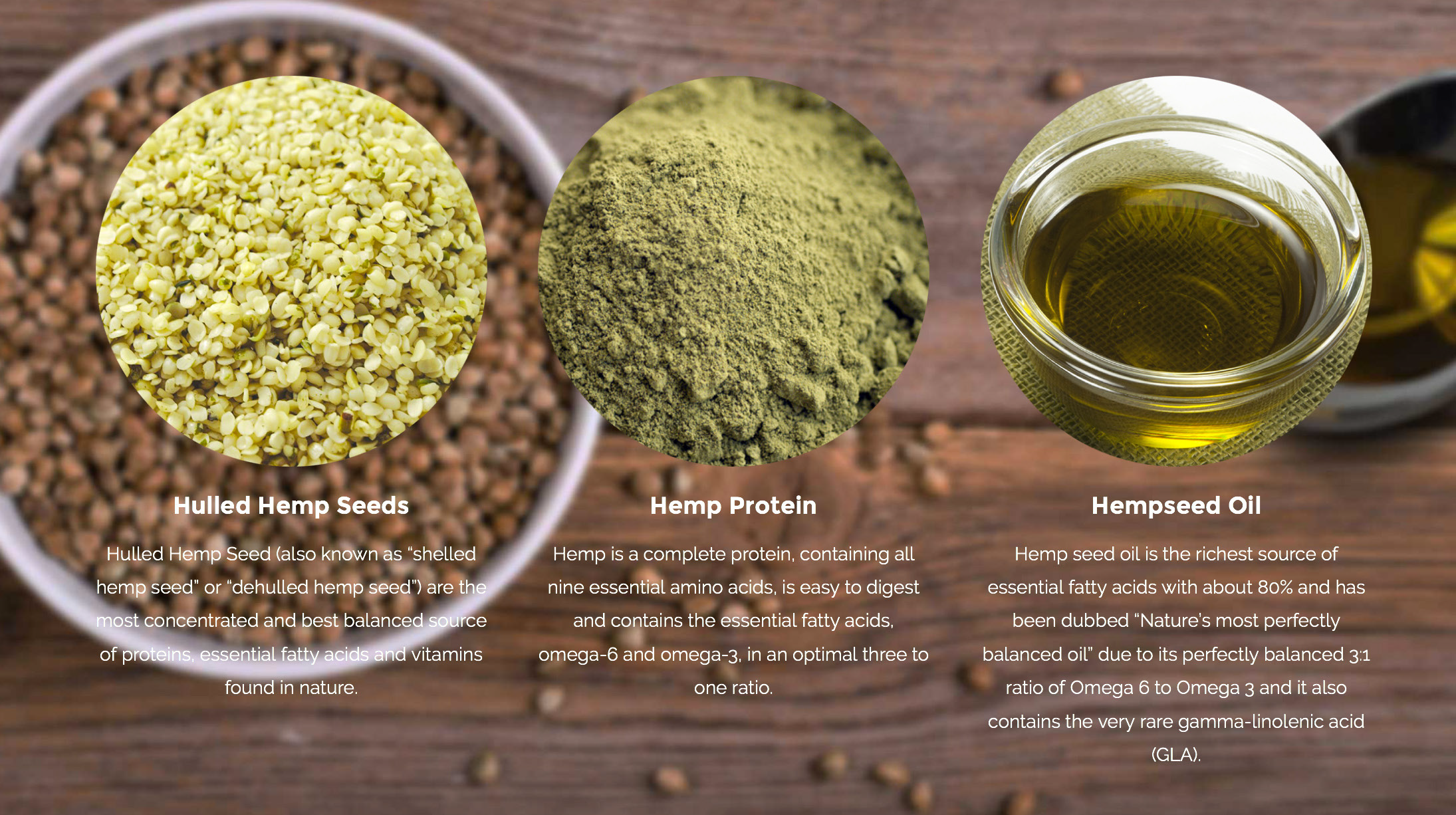A Look at the Many Uses & Benefits
Hemp is one of the oldest domesticated crops known to mankind. It has been used for paper, textiles, and cordage for centuries. As a matter of fact, the Columbia History of the World states that the oldest relic of human industry is a scrap of hemp fabric dating back to approximately 8,000 BC. Presidents Washington and Jefferson both grew hemp. Americans were legally bound to grow hemp during the Colonial Era and Early Republic.
So what exactly is hemp, and how is it different from the psychoactive form of cannabis that we consume medicinally and recreationally?
What is Hemp?
There are many different varieties of the cannabis plant. Hemp, also called industrial hemp, refers to the non-psychoactive (less than 1% THC) varieties of Cannabis. Both hemp and marijuana come from the same cannabis species, but are genetically distinct and are further distinguished by use, chemical makeup, and cultivation methods. Hemp requires much less water to grow, and no pesticide so it is much more environmentally friendly than traditional crops. Hemp can do a lot, but it can’t get you high. Because hemp varieties contain virtually zero THC, your body processes it faster than you can smoke it. Trying to use hemp to put you on cloud nine will only put you in bed with a migraine! Hemp can be grown as a renewable source for raw materials that can be incorporated into thousands of products. Its seeds and flowers are used in health foods, organic body care, and other nutraceuticals.
Why is it Illegal?
In 1937, Congress passed the Marijuana Tax Act which effectively began the era of hemp prohibition. Then came World War II. The Japanese attack on Pearl Harbor shut off foreign supplies of “manila hemp” fiber from the Philippines. The USDA encouraged U.S. farmers to grow hemp for the war effort. The U.S. government formed the War Hemp Industries Department and subsidized hemp cultivation. During the war, U.S. farmers grew about a million acres of hemp across the Midwest as part of that program.
In 1937, Congress passed the Marijuana Tax Act which effectively began the era of hemp prohibition. Then came World War II. The Japanese attack on Pearl Harbor shut off foreign supplies of “manila hemp” fiber from the Philippines. The USDA encouraged U.S. farmers to grow hemp for the war effort. The U.S. government formed the War Hemp Industries Department and subsidized hemp cultivation. During the war, U.S. farmers grew about a million acres of hemp across the Midwest as part of that program.
After the war ended, the government quietly shut down all the hemp processing plants and the industry faded away again. During the period from 1937 to the late 60s, the U.S. government understood and acknowledged that industrial hemp and marijuana were distinct varieties of the Cannabis plant. Hemp was no longer officially recognized as distinct from marijuana after the passage of the Controlled Substances Act of 1970. The recent federal court case HIA vs DEA has re-established acknowledgement of distinct varieties of Cannabis and supports the exemption for non-viable seed and fiber and any products made from them.
Uses for Hemp
Hemp requires much less water to grow – and no pesticides – so it is much more environmentally friendly than traditional crops. Hemp is used to make a variety of commercial and industrial products including rope, clothes, food, paper, textiles, plastics, insulation and biofuel. The bast fibers can be used to make textiles that are 100% hemp, but they are commonly blended with other organic fibers such as flax, cotton or silk, to make woven fabrics for apparel and furnishings.
The inner two fibers of the plant are more woody and typically have industrial applications such as mulch, animal bedding and litter. When dried, hemp oil from the seeds becomes solid and can be used in the manufacture of oil-based paints, in creams as a moisturizing agent, for cooking, and in plastics. Hemp seeds can be eaten raw, ground into a meal, sprouted, or made into dried sprout powder.
The leaves of the hemp plant can be consumed raw in salads. Hemp can also be made into a liquid and used for baking or for beverages such as hemp milk, hemp juice, and tea. Hempseed oil is cold-pressed from the seed and is high in unsaturated fatty acids. In 2011, the U.S. imported $11.5 million worth of hemp products, mostly driven by growth in demand for hemp seed and hemp oil for use as ingredients in foods such as granola.



No comments:
Post a Comment